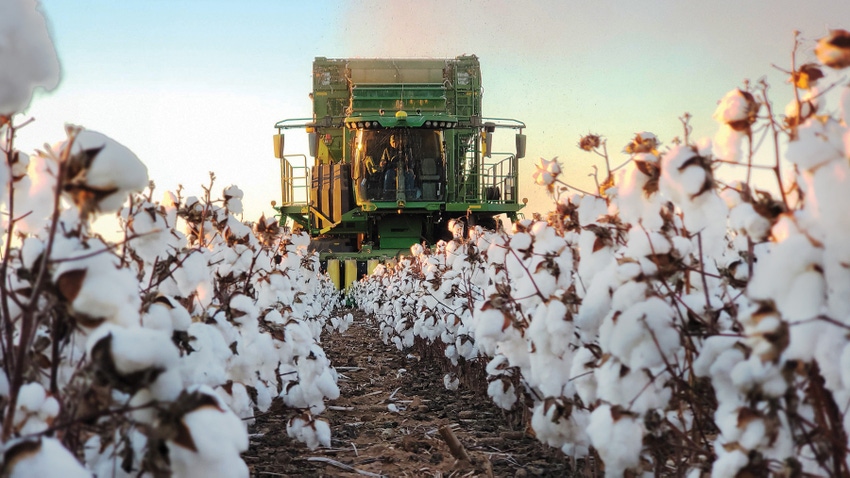
Oklahoma State University Ag Research wants to share its cotton research and seeds to find a cotton variety resistant to bacterial blight.
The B5 cotton gene for bacterial blight resistance was discovered in Egyptian cotton in the 1950s. In the 1970s, Lloyd Brinkerhoff, former OSU professor of plant pathology, studied the effects of placing the gene into the blight-susceptible upland cotton variety Acala 44.
Margaret Essenberg, former OSU Regents professor in the OSU Department of Biochemistry and Molecular Biology, advanced Brinkerhoff’s research. Her student, Kenneth McNally, now a scientist in genomics at the International Rice Research Institute in the Philippines, worked to isolate the gene and characterize it. Melanie Bayles, another member of Essenberg’s research team, then made hybrids to study how the B5 gene is inherited. The results from one of those hybrids were puzzling.
“If B5 were a well-behaved single resistance gene, one-fourth of those plants would have two copies of the resistance gene, one-half would have one copy, and one-fourth would have no resistance gene and be blight-susceptible,” Bayles said. “That was not what I saw. I saw only a tiny number of susceptible plants. That’s when we knew we had to look for an explanation for what caused this.”
The B5 gene did not behave like a single resistance gene because it seemed to occur in two different locations in the cotton’s genome, an unusual occurrence.
“I wanted to understand how the resistance of the gene works. One of the ways in which resistance genes work is by triggering the synthesis of natural defense chemicals at infection sites,” Essenberg said. “AcB5 cotton is a champion in this activity. My colleague, Margaret Pierce, showed that it accumulated at least 10-fold more defense chemicals than cotton lines with four other single resistance genes.”
Terry A. Wheeler, professor of plant pathology and microbiology at Texas A&M AgriLife Research, discovered that under laboratory conditions, AcB5, the cotton plant that contains the B5 gene, is highly resistant to race 18, the strain of bacterial blight that has surged across the U.S. Cotton Belt in recent years. AcB5 cotton also exhibited resistance to 10 other pathogen races tested.
These discoveries suggest the potential for creating a cotton variety resistant to bacterial blight. The moment has arrived for Essenberg and Bayles, now the data management specialist for the OSU Wheat Improvement Team, to share their research findings and seeds with the scientific world.
“In agriculture, reliance upon a single gene for disease resistance is dangerous because pathogens tend to evolve to overcome such resistance,” Essenberg said. “We would like to see the B5 gene be combined with one or more other strong, broadly specific genes, such as B12, to develop strong and stable resistance to bacterial blight.”
OSU is seeking to form contracts/agreements with other institutions to continue the research and discover a new, race 18-resistant cotton variety in the future.
Essenberg, Bayles, McNally and others published a paper on their B5 cotton research in “Phytopathology,” which was chosen as Editor’s Pick for the May 2023 issue.
To inquire about obtaining the research information and seed of AcB5 cotton, contact Melanie Bayles at [email protected] or 405-762-1994.
About the Author(s)
You May Also Like




